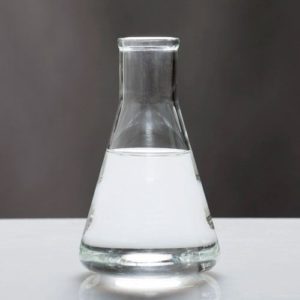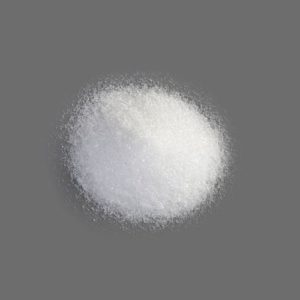Description
Glucose is a simple sugar with the molecular formula C6H12O6. Glucose is the most abundant monosaccharide, a subcategory of carbohydrates. Glucose is mainly made by plants and most algae during photosynthesis from water and carbon dioxide, using energy from sunlight, where it is used to make cellulose in cell walls, which is the most abundant carbohydrate. In energy metabolism, glucose is the most important source of energy in all organisms. Glucose for metabolism is partially stored as a polymer, in plants mainly as starch and amylopectin and in animals as glycogen. Glucose circulates in the blood of animals as blood sugar. The naturally occurring form of glucose is d-glucose, while l-glucose is produced synthetically in comparatively small amounts and is of lesser importance. Glucose is a monosaccharide containing six carbon atoms, an aldehyde group, and is therefore referred to as aldohexose. The glucose molecule can exist in an open-chain (acyclic) as well as ring (cyclic) form, the latter being the result of an intramolecular reaction between the aldehyde C atom and the C-5 hydroxyl group to form an intramolecular hemiacetal. In water solution, both forms are in equilibrium and at pH 7 the cyclic one is predominant. It is naturally occurring and is found in fruits and other parts of plants in its free state. In animals, glucose arises from the breakdown of glycogen in a process known as glycogenolysis.
Glucose, as an intravenous sugar solution, is on the World Health Organization’s List of Essential Medicines, the most important medications needed in a basic health system. The name glucose derives through the French from the Greek γλυκός (‘glukos’), which means “sweet,” in reference to must, the sweet, first press of grapes in the making of wine. The suffix “-ose” is a chemical classifier, denoting sugar.
Additional information
| CAS# | 50-99-7 |
|---|---|
| Formula | C6H12O6 |





